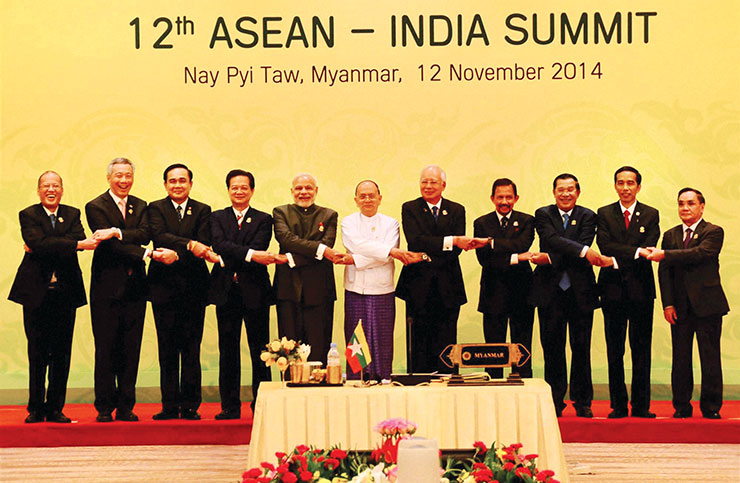
OVER THE past two centuries, in particular, technological and maritime developments have significantly altered the role and significance of the maritime environment. From a medium of transportation for trade, economy and projection of power onto land, the oceans have become primary conduits of international trade, and are central to the global economy. Increasingly, oceans and seabed today are looked upon as resource providers and critical contributors to national growth and prosperity.
Maritime power is an important component of national power and is a key enabler for national growth and development. These aspects have promoted a steady, global shift of attention from land to the seas and an expanding maritime outlook, including for India. Conversations on maritime security are increasingly focusing on regional and sub-regional responses, and in this respect, ASEAN as a regional organisation and India’s maritime cooperation with ASEAN member states assumes significance.
India’s focus on a strengthened and multi-faceted relationship with the Association of Southeast Association Nations (ASEAN) is an outcome of the significant changes in the world’s political and economic scenario since early 1990s and India’s own march towards economic liberalisation. India’s search for economic space resulted in the ‘Look East Policy’ which has today matured into a dynamic and action oriented ‘Act East Policy.’ The policy was formally enunciated by Prime Minister Narendra Modi at the 12th ASEAN-India Summit and the 9th East Asia Summit held in Nay Pyi Taw, Myanmar in November, 2014. Three elements distinguishes ‘Act East Policy’ from ‘Look East Policy.’ First, the ‘Act East Policy’ is wider in scope geographically and covers the entire breadth of the Asia-Pacific region. Second, the focus is beyond economic integration and includes political-security and socio-cultural dialogue at a deeper level. Third, ‘Act East Policy’ is more action-oriented and result-driven.
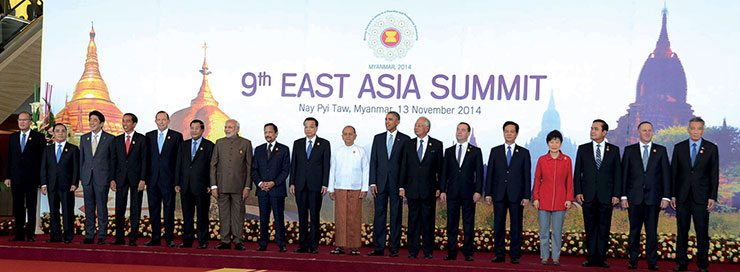
ASEAN-India dialogue relations have grown rapidly from a sectoral dialogue partnership in 1992 to a full dialogue partnership in December, 1995. The 2002 ASEAN-India Summit in Phnom Penh, Cambodia further elevated India and ASEAN’s partnership to Summit level. Since then, the ASEAN-India Summit is held annually. India’s ‘Act East Policy’ was formally welcomed by ASEAN leaders at the 13th ASEAN-India Summit held in Kuala Lumpur, Malaysia in November, 2015.
In 2012, ASEAN-India marked the 20th anniversary of their dialogue relations, and convened the ASEAN-India Commemorative Summit to mark the 25th anniversary in 2017. During this summit, the leaders adapted the Delhi Dialogue which charts out the future direction of ASEAN-India strategic partnership and identified cooperation in maritime domain as a key area of cooperation. ASEAN, as a regional grouping based on consensus, continues to work to help secure peace, progress, and prosperity in the region. Therefore, India places ASEAN at the centre of its Indo-Pacific vision of Security and Growth for All in the Region (SAGAR).
Indo-Pacific: An emerging strategic construct
The idea of Indo-Pacific is not new. Due to the changing power dynamics in Asia and beyond, more and more countries are buying into the Indo-Pacific construct. The concept has received much attention in recent years. The idea of Indo-Pacific is that the Indian and Pacific oceans are increasingly a unified and strategic shared space, which implies that what happens in the Indian Ocean will impact on the Pacific Ocean.
Japanese Prime Minister Shinzo Abe was the first to promote the Indo-Pacific concept during his address to a joint session of the Indian parliament in 2007. He spoke about the confluence of the two seas – “The Pacific and the Indian Ocean are now bringing about a dynamic coupling of seas of freedom and of prosperity. A ‘broader Asia’ that broke away geographical boundaries is now beginning to take on a distinct form.”
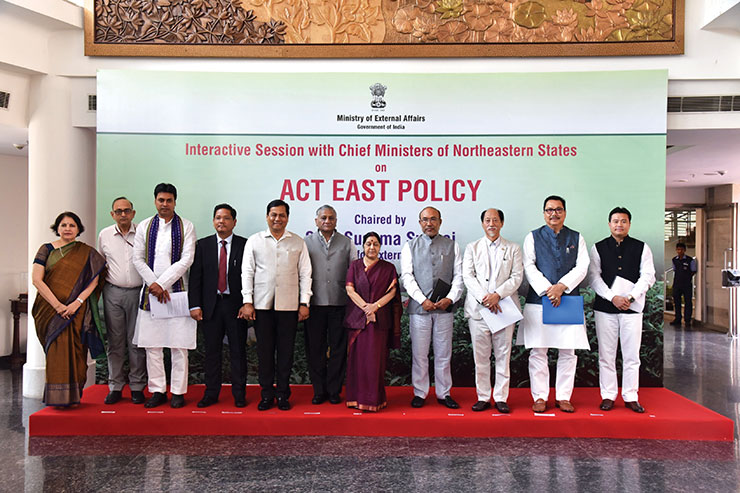
Former Indonesian Foreign Minister Marty Natalegawa called for a region-wide treaty to safeguard an Indo-Pacific “engine for global economic growth.” Australia, in its 2013 Defence White Paper introduced the concept formally, becoming one of the first countries to officially adopt the term.
The Indo-Pacific concept has also quickly gained traction in Washington and led the Trump administration to incorporate it into their broader Asia strategy. In his speech at Shangri-La Dialogue in June 2018 in Singapore, Defense Secretary General James Mattis highlighted four pivotal elements of this strategy. First, the strategy is related to the maritime commons which require capacity and capabilities building in naval and law enforcement. Second, it’s about expanding interoperability and establishing network of allies and partners. Third, it aims to strengthen rule of law, transparent government, civil society, and promote sustainable economic development. Finally, it sees an increasing role of private sector in promoting development and finance institutions.
ASEAN in the Indo-Pacific
The 10 member-states of ASEAN have been accorded a higher profile status by major powers, and are constantly under pressure to respond to their clarion calls and prove their mettle. ASEAN needs to be more pro-active and adopt forward-looking positions on key transnational issues such as cyber security, North Korean nuclear crisis, and extremism. ASEAN is looking to work together to ensure that no one nation is able to dominate the region. All the major powers point to ASEAN centrality as a driving force for forging closer cooperation between nations’ in the region.
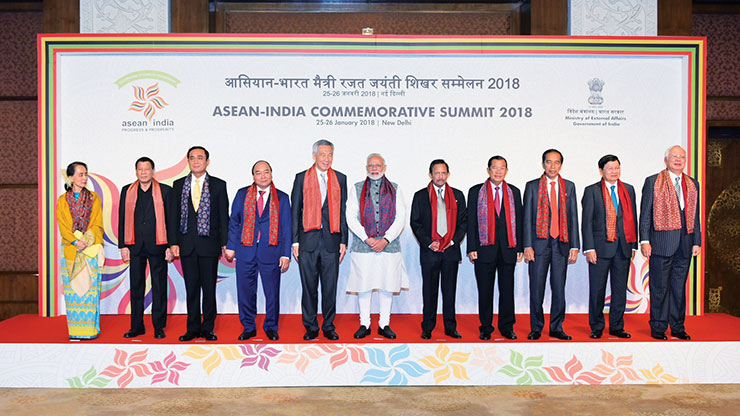
ASEAN’s vision of Indo-Pacific carries certain key elements such as; free and open, complementary, rules-based, ASEAN-centrality, ASEAN-led mechanism, connectivity, infrastructure, inclusiveness, and not involving a third party.
As ASEAN group’s biggest economy, Indonesia has been the leading voice on the Indo-Pacific concept. Its present government under Joko Widodo has placed emphasis on the Indo-Pacific concept and has rebranded Indonesia as a maritime power. In order to ensure continuity, Indonesia is working closely with Thailand, the upcoming chair of ASEAN.
India’s view of Indo-Pacific
Former Indian Prime Minister Dr Manmohan Singh, while addressing his East Asian counterparts at the 2012 India-ASEAN Commemorative Summit, noted that India seeks with ASEAN a future that is ‘inter-linked’, for which “a stable, secure and prosperous Indo-Pacific region is crucial.” Although many observers were expecting India to join the China-bashing bandwagon at Shangri La, Prime Minister Modi stated that “India does not see the Indo-Pacific Region as a strategy or as a club of limited members.” Instead, he presented an alternative – positive – vision where middle powers, rather than superpowers can form a collective foundation for a ‘rules-based order.’ One main reason why India has embraced the term ‘Indo-Pacific’ is because the term ‘Asia-Pacific’ excludes India, even though the rise of China affects everybody in the region.
Delhi Dialogue
The Delhi Dialogue was established in 2009 with discussions on economic cooperation between India and ASEAN. Since then, the dialogue has evolved to include the three pillars of security, economic, and social cooperation. Delhi Dialogue has emerged as India’s foremost ASEAN-centred Track 1.5 Forum. The tenth edition of the Delhi Dialogue (DD X) was held on July 19-20, 2018 on the theme “Strengthening India-ASEAN Maritime Cooperation.”
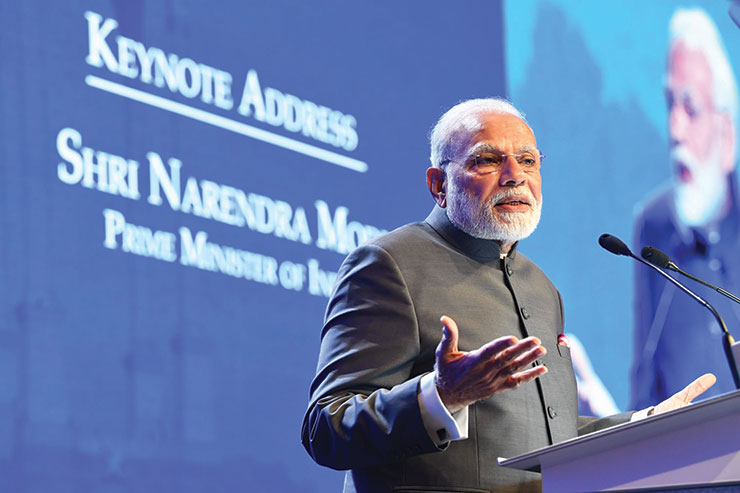
The Commemorative Summit of January 25, 2018 recognised the need for India and ASEAN, as maritime partners and neighbours, to work together to ensure security and sustainability of oceans, seas, and waterways. Through maritime cooperation, both India and ASEAN have a vital role to play in the Indo-Pacific region. India’s vision of Indo-Pacific not only involves physical inter-connectivity but also entails building bridges of trust based on mutual respect, giving due regard for sovereignty, territorial integrity, viability, and consultation.
India and ASEAN continue to work towards evolving a regional security architecture which is focused on ASEAN’s centrality. Both are looking to strengthen cooperation in areas of Humanitarian Assistance and Disaster Relief (HADR), Search and Rescue (SAR) operations, anti-piracy, counter-terrorism, counter-proliferation, collaborate on maritime domain awareness (MDA), and work towards ecologically sustainable development of ocean resources in a collaborative framework.
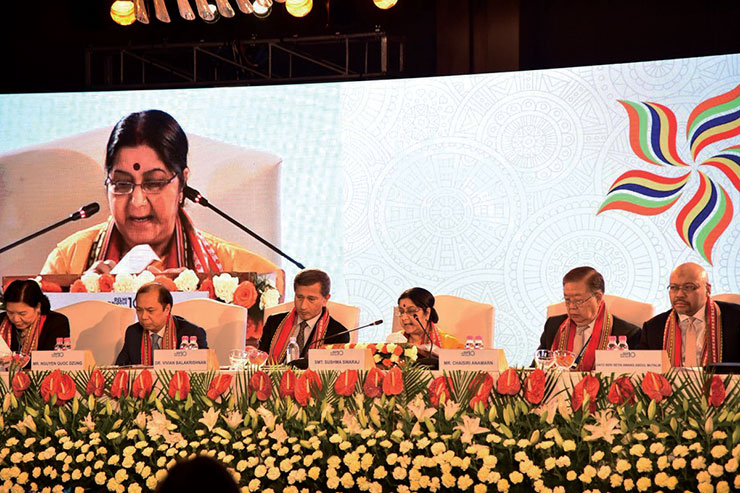
Looking ahead
The ASEAN-India region together represents a combined population of 1.85 billion, which is a quarter of the global population and a GDP of over US$3.8 trillion. India-ASEAN bilateral trade crossed US$ 80 billion, and is expected to reach US$ 100 billion by 2020. Given India’s geographical location above Indian Ocean with a vast coastline of 7,500 kilometers, 1,380 islands, more than two million square kilometers of Exclusive Economic Zone (EEZ), and emerging blue water naval capabilities, India is poised to play an important role in the Indo-Pacific.
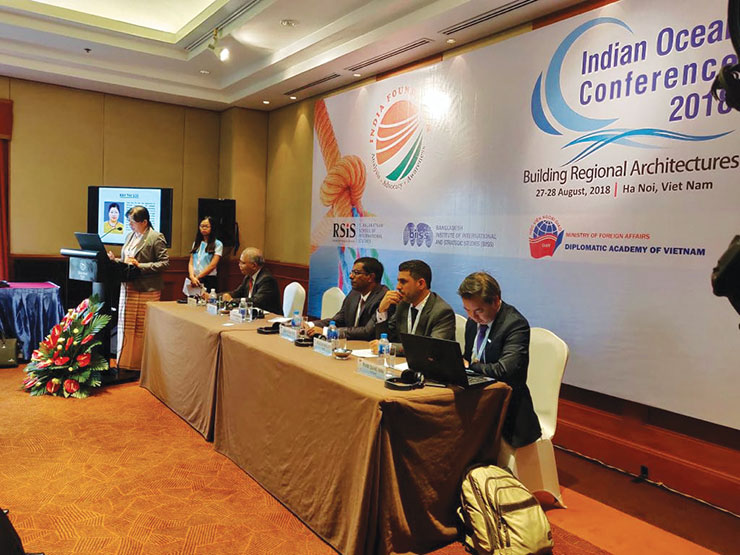
Speaking at DD X, Minister of State for Foreign Affairs Gen (Dr) VK Singh reiterated that India-ASEAN maritime cooperation “will set the tone for the future of the Indo-Pacific region.” India and ASEAN share robust maritime cooperation with several ASEAN countries such as Indonesia, Vietnam, Singapore and Thailand. On May 30 this year, India and Indonesia unveiled a “Shared Vision of Maritime Cooperation in the Indo-Pacific.” The Indian Navy got access to the strategic island of Sabang located at the northern tip of Sumatra for development of the port and conducting naval port visits. India is looking to strengthen the existing bilateral naval cooperation with ASEAN including the Coordinated Patrols (CORPAT), enhancing information sharing, and pursue bilateral cooperation with ASEAN in areas of hydrography and marine cartography.
India’s maritime partnership with ASEAN in the Indo-Pacific region is well-poised to increase and evolve in the coming years. India and ASEAN can partner effectively in order to create a safe and sustainable maritime system by developing infrastructures, and strengthening legal frameworks and institutions.
– The writer is a Research Assistant at ORF and PhD in African Studies, University of Delhi








